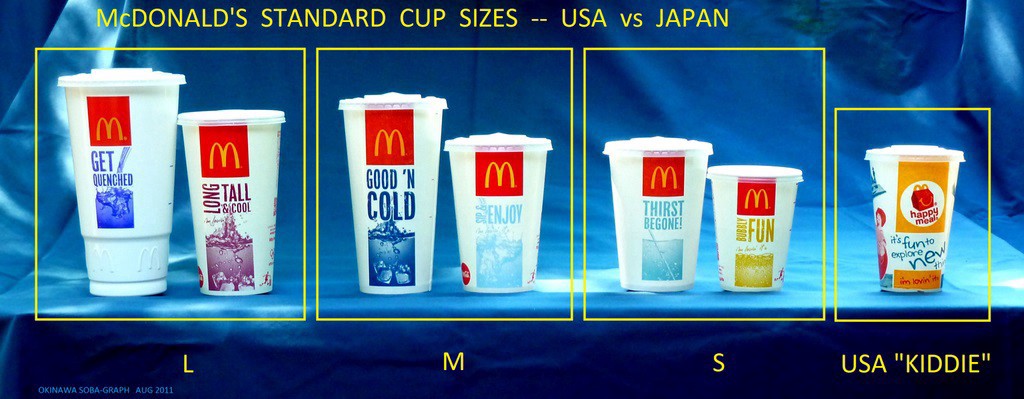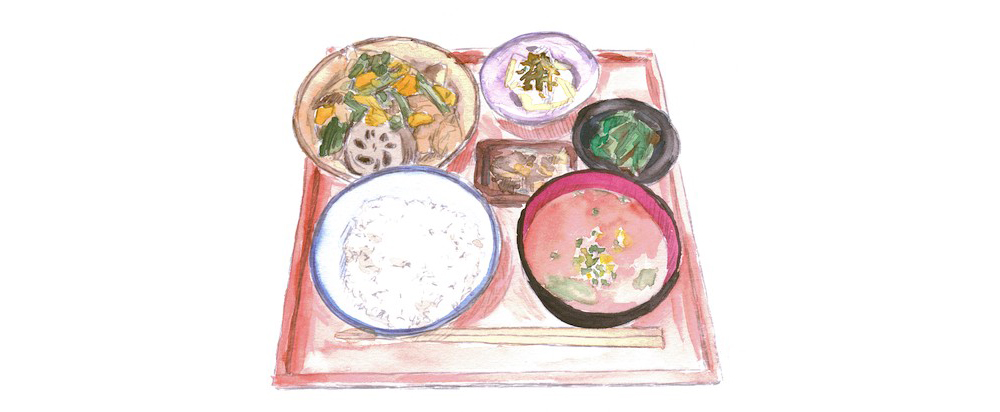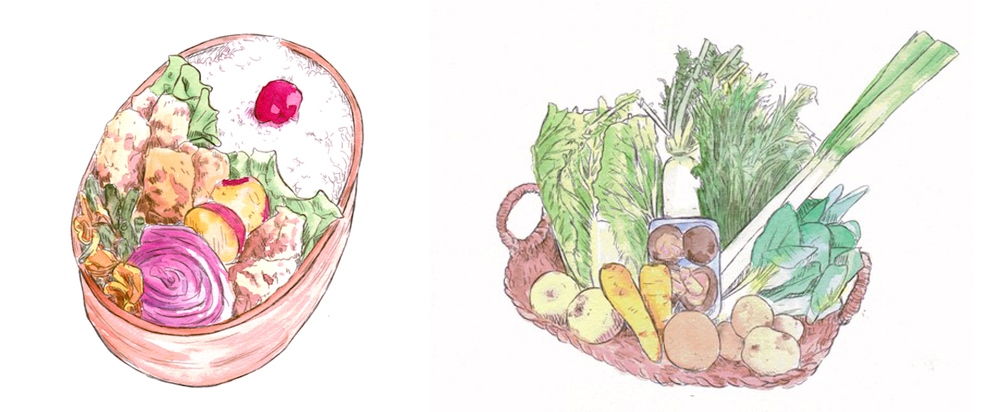Visit a McDonald’s in Japan and you’ll understand why
Whenever I talk to someone who has visited Japan, an ex-pat who has lived there or a tourist just passing by, they will more often than not mention something about the fast-food chains there.
“If they tried to pull the same stunt in the United States, there would literally be riots.”
“But again, the United States can probably learn something from Japan. It would explain why Japanese people have a much easier time staying lean.”
What may surprise you is that we are not talking about different menu options at Japanese fast food chains compared to American ones — we are talking about the portion sizes.

What makes food in Japan healthier than in the United States
It’s a running joke in my family how a small size beverage at a McDonald’s in the United States is the large size at a McDonald’s in Japan, but this statement holds a lot of truth.
It’s not just size at McDonald’s, but other fast-food chains and restaurants. Starbucks has a special “short” size in Japan, which is only 8 oz. (240 ml). The smallest Domino’s pizza in Japan comes in a size “M,” a 9-inch diameter (23 cm), whereas the smallest size, “small,” in the U.S. is 10 inches. If you visit a restaurant in Japan, the meals are portioned so you’re expected to comfortably finish it in one sitting, while in the United States, meals are often impossible to finish without a takeaway container at the end.
In this way, Japanese fast-food markets have the same sizes as smaller portions. A “short” size for adults in Japan is the kid’s size in the United States, and what’s defined as “medium” in Japan is America’s “small.”
What makes a Japanese diet sustainable for the modern lifestyle is not that it eliminates fast food or refined sugars, but that it practices moderation.
As a society, its citizens aren’t pressured to exercise extreme self-control or restrictions to eat healthily, but psychologically, Japanese nutrition education is formed around = values of balance. To neither overstuff nor feel deprived, healthy eating begins with choosing the right plate size.

To bring these concepts of moderation into the home, and reshape our understanding of proper meal size, we first need to choose the right plate sizes.
Traditional Japanese meals are modelled after the idea of ichiju-sansai, or “one soup, three sides,” where small plates are combined to compose one whole meal. A single serving of rice, miso soup, two small vegetable dishes, and a single serving of a protein dish. In this way, smaller plates and varied plates naturally diversify the foods to eat and practice portion control.

Ask your body the right questions
Of course, we need to consider individual needs: A grown man will have a different nutritional need than a young child. But to achieve the Goldilocks of food portions, consider these questions after you eat your meals:
- Do I feel stuffed or starved?
- Am I thirsty or hungry?
- How will I feel after another serving?
By being more conscious of how we feel after finishing what’s on our plate, we will begin to achieve what feels right at 80 per cent full, or harahachi-bunme, a balance where you are neither overeating nor depriving yourself.

Taking Care of Yourself Nutritionally
Of course, Japanese healthy eating is based on the principles of diversity, plenty of fruits and vegetables, as well as well-cooked grains and proteins. But at its core is a psychological tool that enables people to live a long and pleasant life.
Japanese food education encourages adopting foods that we like in moderation rather than eliminating them from our diet altogether due to fear or guilt about what they might be doing to us physically or psychologically.
By choosing the right plate sizes, we can nudge ourselves to make better health decisions without even realizing it.

I teach about health inspired by simple Japanese philosophies and lifestyle practices, so you can learn to find peace, fulfilment, strength, and health in your own body. Stay in the loop and get access to free resources: Sign up here!
Get to know Kaki Okumura
I’m Japanese but was born in Dallas, Texas. Shortly after, I moved to New York where I spent a few years until I moved to Tokyo when I was 12. My life has been a constant balancing of these two different identities, but I really value my dual experience and want to bring these two different cultures and ideologies together.
I used to struggle with both my physical and emotional wellbeing, but I have found that by adopting a healthy lifestyle, I have worked myself into a positive feedback loop– a healthy body supports a healthy mind, and a healthy mind builds a healthy body.
Using the lessons I’ve learned from and experienced in both my Japanese and Western upbringing, I’ve managed to help myself by following a philosophy based on wellness and health. I strongly believe that good health is not just beneficial, but incredibly essential to living a fulfilling and rich life.
My journey is far from perfection, but I use my personal experience and dual knowledge of Japanese and Western lifestyles to help others shape healthy, sustainable, and fulfilling lifestyle paths toward better living.
My goal is to empower you with the strength that you can control your own well-being.
Sincerely,
Kaki










































